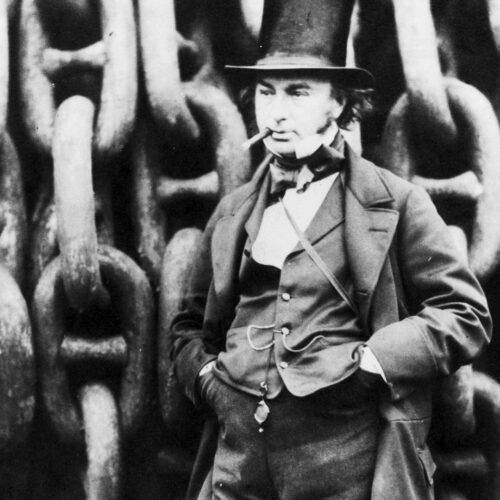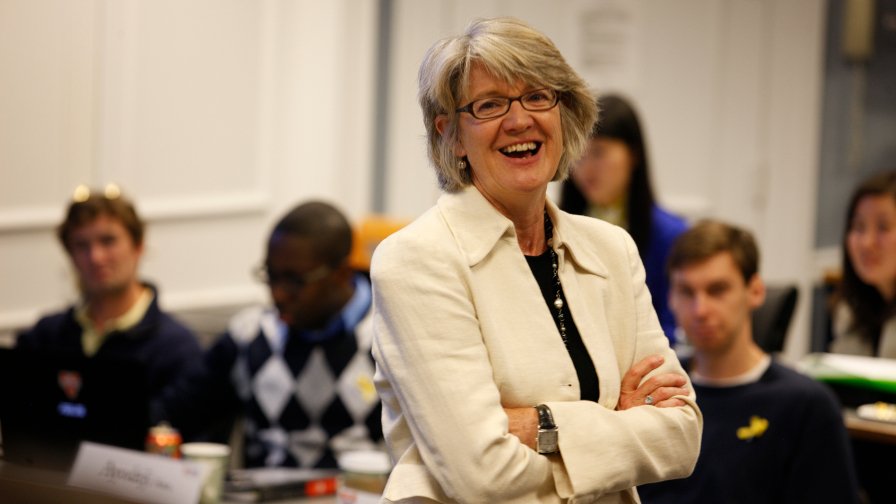
by Madeline Cooper — Oct 12, 2017
It’s a very human need to try to make things better, to be nicer to people and to make more money. In simple terms that’s what’s behind the increase in corporate and highly commercial organisations seeking people to fill a new role in their management structure; the service designer. Resourcer Madelaine Cooper explains.
The functional elements in each job description for a service designer are different but broadly this is a corporate cry for help against a social and business backdrop that has changed significantly and quickly in the past few years. It’s all been like a crazily speeded up version of the Industrial Revolution except that instead of having to find people to work on new machinery and understand the potential of steam driven power, companies have had to find people who can work with digital technology, can extract some sense from data, can build back services and products from end-user expectations and can always understand and respect the demands of the Finance Director. And very often they’re doing all of this in unchartered business and service territory.
There’s usually little or no precedent for the outcomes of the work of the service designer and quite often the ripple effects of their work might change the way that we behave in a civic and social context. This is work that makes a real difference both to the bottom line and to the way that we ARE. If Isambard Kingdom Brunel had actually had a job description it would have been as tricky to write as that of most incoming service designers.

The other tricky part about this is that even once the JD is written, many companies and organisations aren’t ready/prepared in an internal and cultural sense to embrace and implement the level of change that a good service designer will want to bring. The management hierarchy may be predicated on doing more of the same rather than delivering change.
Who’s going to give sign-off to the service design process, because there’s little point in trying to get this done without having the facility to get the whole company aligned. Customer interface needs to “get it” just as much as senior management. And the marketing team need to be on board with the process as keenly as the finance team. (Nb there IS a cross-company budget allocated to the service design process isn’t there?)
On top of this, someone has got to be sure that the customers/end users want it too. And the truck drivers can get “it” out there and the stores and retailers who sell “it” have the messaging right and understand what they’re offering to the end users. And maybe the world has to change a little as well to make sense of the whole thing.
If you remind yourself that some housing developments are now being built without parking, garages and all the space-guzzling paraphernalia that goes with car ownership because developers see that it’s better to give each and every resident an annual Uber credit instead, you see that when John Donne said that no man was an island he was very right in a very far-sighted way. And that’s where good service design thinking can lead you.

So how should we think about service design recruitment?
I’m not suggesting that you should be careful what you wish for because that might limit that human ambition to make things better, be nicer to our customers and to make more money. But you do have to be ready to make the most of your investment in service design and that brilliant service designer that you’re gearing up to hire.
I’m making this sound difficult. It is difficult but clearly it’s not impossible. Service designers are getting hired every day and in many instances the outcomes bring betterment, happiness and more money. Two of the more prolific hirers of service design and design thinking roles are the Financial Services sector and Government. These are two areas of enterprise not usually noted for taking risks and putting themselves at the cutting edge of innovative thinking. But here they are busy putting in place or building and growing service design/design thinking teams. So if they can do it, so can you!
It might be said that the FS and Government sectors both have a universality of connection with their audiences – after all, pretty much every adult has to deal with banks and government in some shape or form. You might also say that there’s a bit of ground to make up in terms of FS and Government presenting a more human face and showing in a tangible way that they’re looking after their customers/public. They also share the possibility of connecting with their customers/public in a digital form and so reducing costs and increasing efficiency and effectiveness. So good for them for picking up the challenge and doing it.
Although I don’t have data to support this, anecdotally I would say that these two sectors have the largest head count of service designers on the payroll in comparison to other large business sectors.
“A mantra of Government Digital Services: good services are verbs, bad services are nouns”.
Tips for hiring great service designers
So what lessons can other business sectors take from both the good and the bad experiences of the Financial Services sector and Government when they start on the road to resourcing service design thinking? No one organisation has necessarily got all of this right or wrong – these are just examples of good and less good practice which it’s useful to bear in mind when you start on your own design thinking journey.
1. Clarity
Have clarity about why you’re doing this as an organisation and the range and depth of the outcomes you expect to come from this investment.
2. Build a culture of change
Start to build a culture of change that will move the organisation on from the status quo. If there’s only a partial uptake of a culture of innovation, it won’t really work. From the “top” of the organisation right the way through, workers and management have to be up for this.
3. See the bigger picture
Think about how different sections of your organisation, either discipline or geographically specific, are going to get engaged and have their voices heard and their insights acknowledged as a part of the service design/creative design thinking process.
4. Don’t lose sight of the financials
Be sure that you acknowledge that this is an investment with an anticipation of ROI in the mid to longer term.
5. Think long term
Be clear about what level of investment your organisation is prepared to make – too little will turn out to be a false economy. The revolutionaries who industrialised back in the 19th century knew that a transfer from manually based cottage industry to power based mass production was going to be costly in the first instance before it all started to make financial sense and to change the world in the longer term.
6. Make sure to pitch your company well
Think about how your organisation can make itself attractive to incoming service designers. There’s competition to hire the best of these people and they can afford to be selective about the places where they take their experience and knowledge. They’re going to need to know that they’re working towards a good outcome, some of which at least will see the light of day. No creative thinker wants their hard work and brilliance to get buried in bureaucracy and politics. They generally have a desire to change the world just a little – or even quite a lot – and that means making things happen.
7. Get “service design ready”
Bring in professional thinking to help you to get your organisation “service design ready”, to drill down into what you’re really trying to achieve and to help to write the job description and identify potential candidates. You’re really not going to do yourself justice by randomly putting a call out on LinkedIn for candidates. You’re going to get what you deserve by doing that.
Final thoughts
Have it in mind that there may not be one person who can lead all of this. Quite often it’s going to be useful to have a consultant in place to begin with that can help your organisation to prep the culture and define the range and scope of the service design ambition. Only once their work is done will you be ready to attract and retain the full time person who’ll be able to implement the programme, very possibly with a whole raft of other skills and people to support that.
You want the Isambard Kingdom Brunel equivalent in the service design/design thinking world. You want to make substantial shifts and changes to the way that your organisation operates, what they represent, do and make. It’s going to be worth doing some groundwork to get things right before you try to make that hire. THEN you can change the world.

